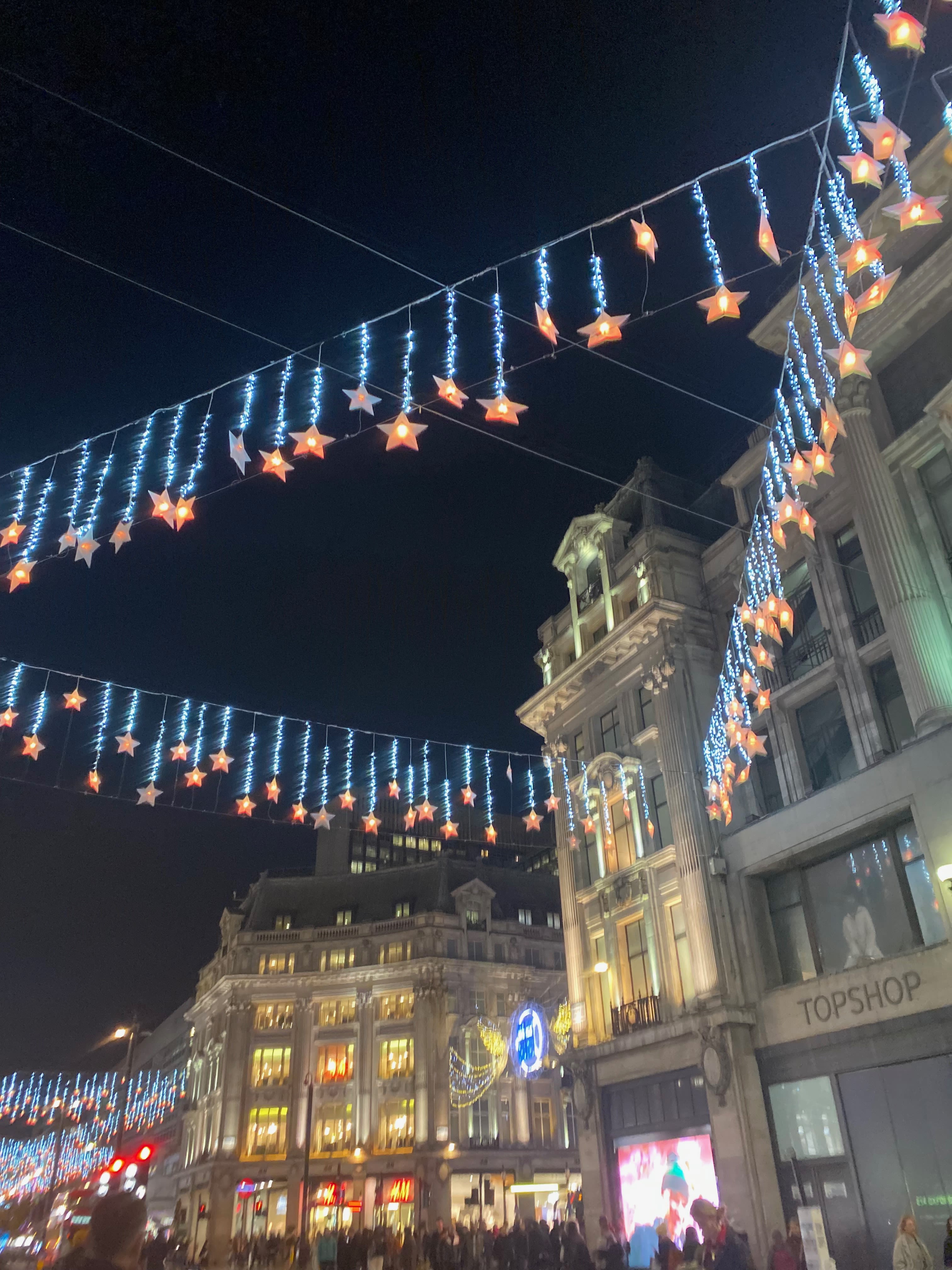Homelessness in London:
How Covid-19 changed the face of winter for the capital's rough sleepers
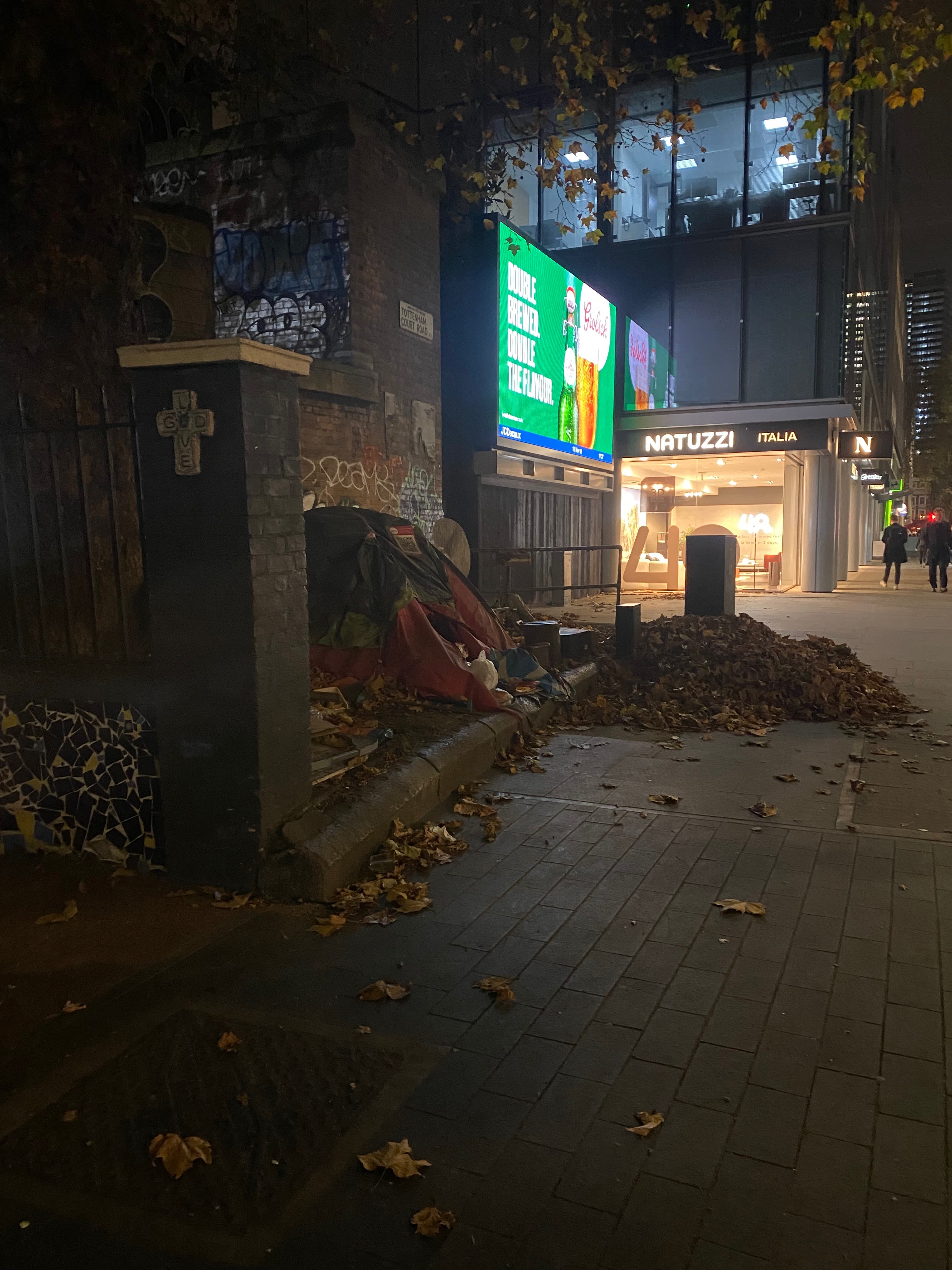
As winter approaches, Oxford Street is lined with twinkling lights to welcome the festive period. People come from all over the city to admire the dazzling display suspended above the shops and department stores.
But no one has a better view of the Christmas lights than the rough sleepers gazing up at those strings of stars.
Daryl Waine Wright, 42, is set up for the night a stone’s throw away from bustling Tottenham Court Road station. He shared his own experience of sleeping rough in the winter.
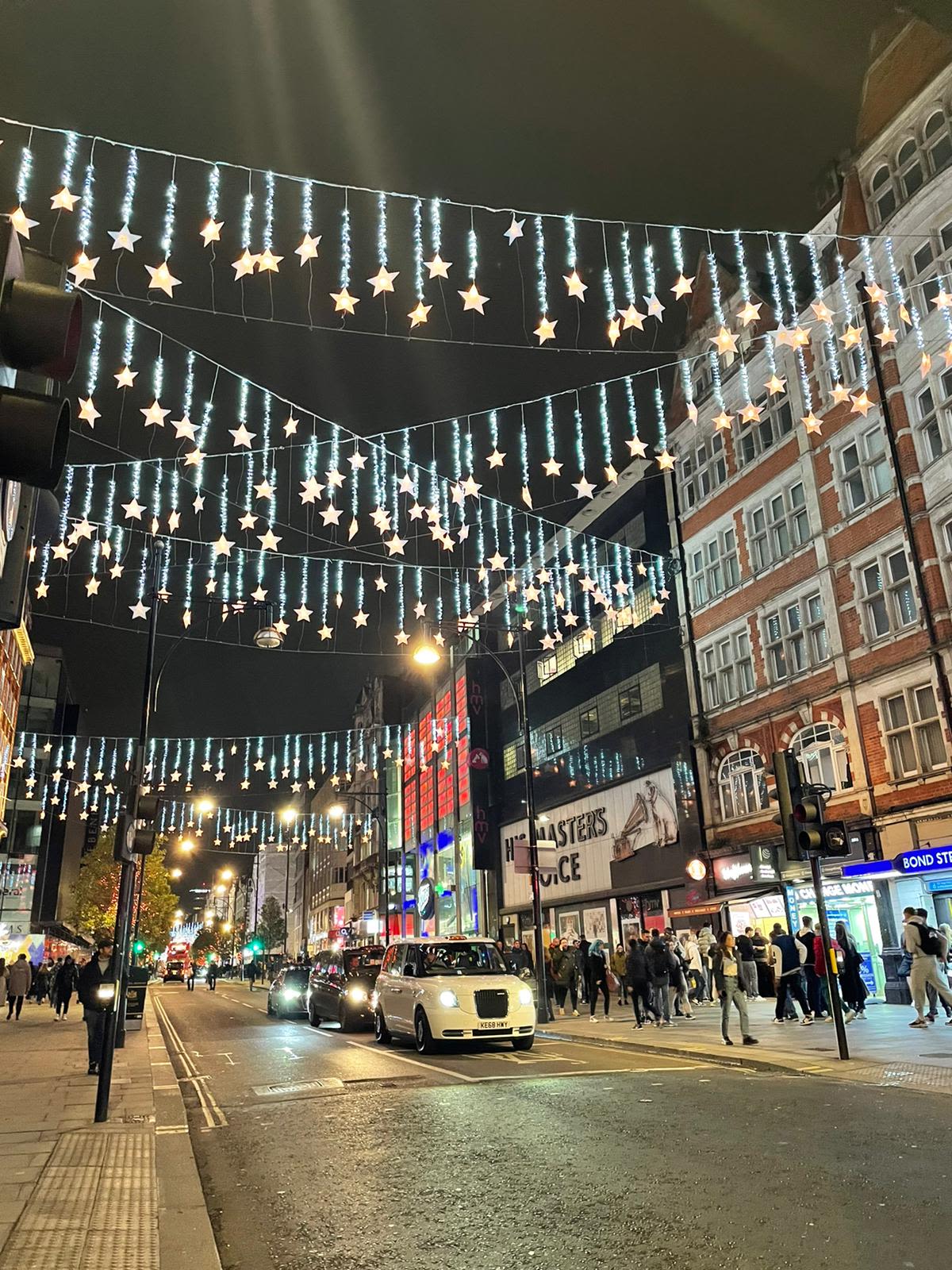
Since the pandemic, the challenges of winter for those sleeping rough became even harder. As well as the threat of the cold, Covid-19 loomed over the homeless.
Jasmine Basran, Policy and Parliamentary Affairs Manager at Crisis, said:
“Homelessness is a devastating experience every month of the year, but especially in the winter time.
“They are exposed to harsh and extreme weather which is incredibly damaging for their physical and mental wellbeing.
“Flu becomes prevalent in the winter months, especially for homeless people, and now last year and this year coronavirus is a much bigger issue. The difficulties that this poses is that it is impossible to be sleeping on the streets.”
"...it is impossible to be sleeping on the streets."
In order to prevent the spread of the virus, the government launched a campaign called Everyone In on March 26 2020. The NHS, charities and local authorities pulled together to move people sleeping rough to self-contained accommodation.
They relocated over 90% of identified rough sleepers, according to Parliamentary Housing, Communities and Local Government Committee.
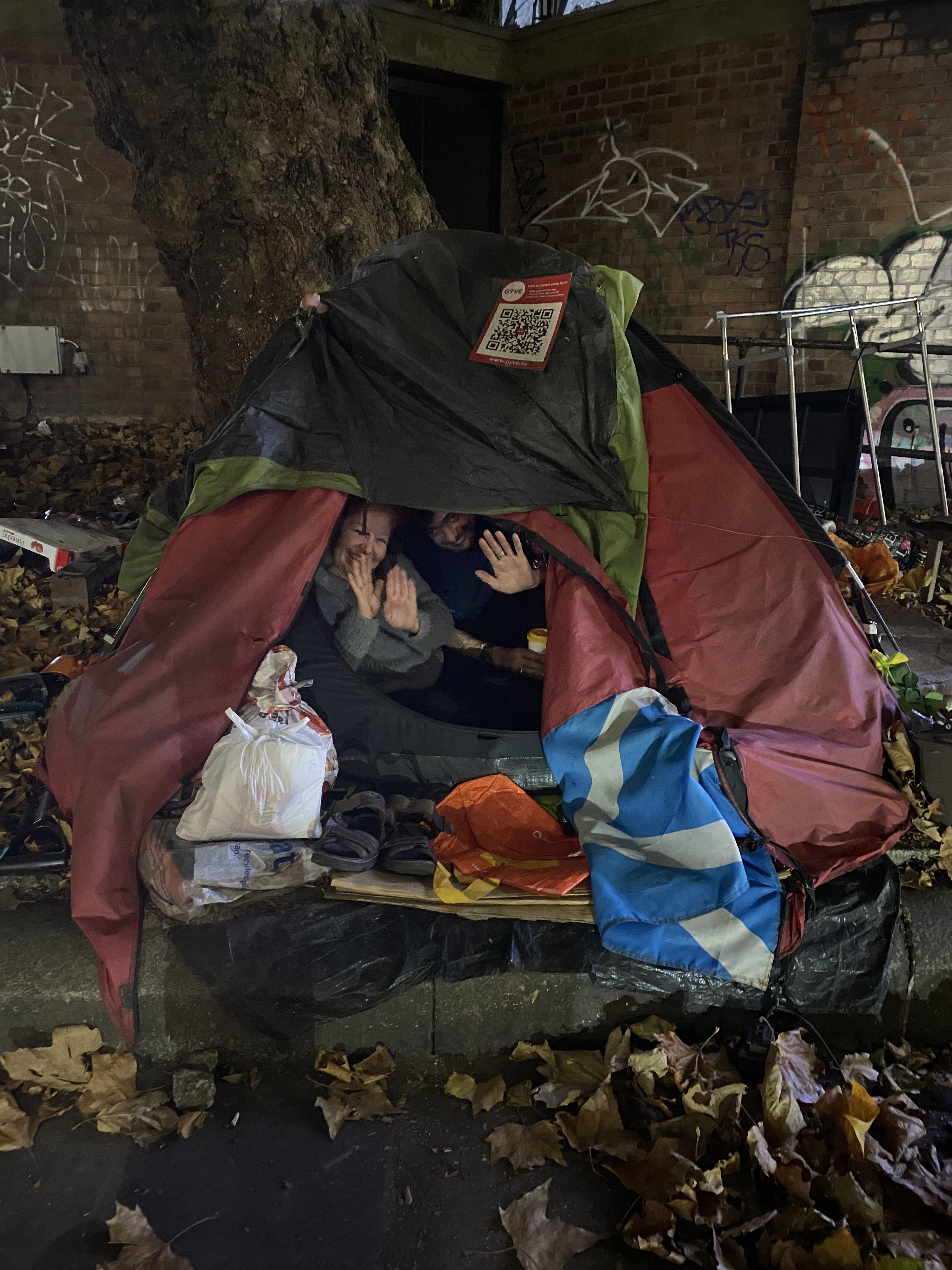
From left to right: Ines Garcia, 38, and Julian Jumetof, 46, who are temporarily staying in a tent near Goodge Street Station.
From left to right: Ines Garcia, 38, and Julian Jumetof, 46, who are temporarily staying in a tent near Goodge Street Station.
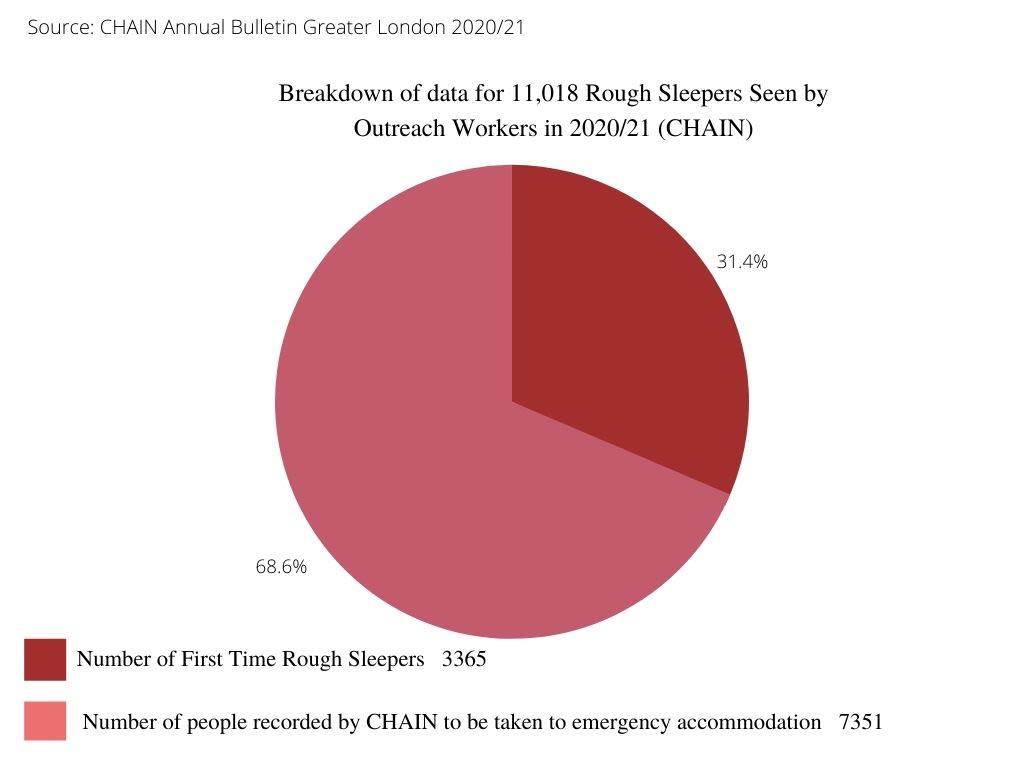
While the above figures indicate that Everyone In successfully assisted 68.6 per cent of rough sleepers, the campaign is being criticised for not being sustained in the second round of winter since the virus.
Rough sleepers should not have to choose between the cold and (new variant) Covid. Everyone In last year was a huge success and helped more than 6,000 rough sleepers in London. Ministers must make funding available so that we can get everyone in again this winter. https://t.co/KXE4ZF6lr9
— Tom Copley (@tomcopley) January 8, 2021
Government has not restarted the ‘Everyone In’ scheme that helped to house rough sleepers at the start of the pandemic. There has been a 21% increase in rough sleeping in London alone. Homelessness is a political decision. We can prevent more deaths on our streets this winter.
— Paul Delaney (@coaimpaul) January 9, 2021
When asked about Everyone In, a rough sleeper outside Oxford Circus Station, who did not want to be named, said: "Everyone didn't go in. I got 16 weeks out of two years, then back on the streets.
"The campaign is a good idea but why couldn't this be the case before Covid? I have been on the streets for four years. I know people who have been out for eight years and are now scared to go indoors. They get claustrophobic."
His comments were supported by Wright's personal experience with Everyone In. He said: “They want to put you in one night emergency accommodation but send you 30 or 40 miles away, what are you going to do then?”
“They might have housed those people but more and more homeless people are just coming and coming.”
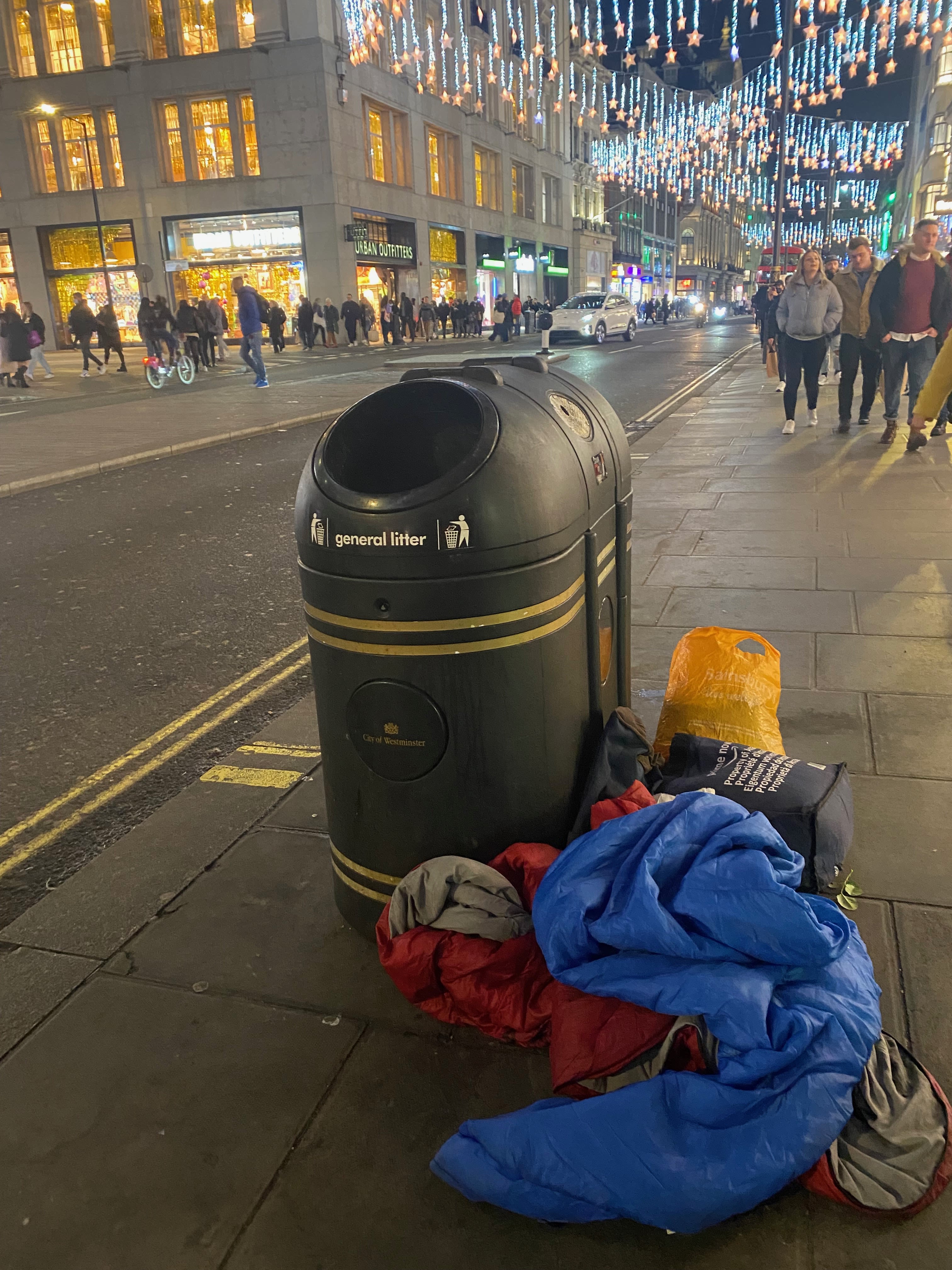
Basran said: “We have seen in the pandemic that there was a really strong political will around the Everyone In scheme: we saw the impact that had. Over three months, over 15,000 people were supported off the streets.
“If we are going to end rough sleeping in London, we need to provide people with a room and their own washing facilities and support services because that does make a real difference on how much people can engage.
“If you are in a communal setting, it is very difficult to engage and decompress emotionally in a setting with lots of different people who are also grappling with similar challenges.
“We know the solution, we have seen it is possible in the last year. So, it doesn’t have to be this way.”.
Crisis is calling on Westminster to fix this inequality with an emergency fund to ensure that EU citizens, members of our extended community, are not trapped in homelessness and denied the support they need to rebuild their lives and continue to be productive members of society.
— Crisis (@crisis_uk) November 9, 2021
From left to right: Ines Garcia, 38, and Julian Jumetof, 46, who are temporarily staying in a tent near Goodge Street Station.
From left to right: Ines Garcia, 38, and Julian Jumetof, 46, who are temporarily staying in a tent near Goodge Street Station.
A spokesperson from the government's Department of Levelling Up, Housing and Communities (DLUHC) said:
“Our Everyone In scheme supported 37,000 vulnerable people during the pandemic, and we are building on this success by providing over £2 billion in the next three years to tackle rough sleeping and homelessness. Our multi-year funding delivers the certainty our local partners need, while also ensuring those at risk of homelessness can access support.
“We recently announced a support package worth £65 million, which will be given to councils in England to support people in rent arrears, and our £10 million Winter Pressures fund will accommodate up to 3,500 rough sleepers.”
More than 60 councils have been allocated a share of the up to £52 million Drug and Alcohol Treatment Grant scheme for specialist support services for rough sleepers and those at risk, including one-to-one support and mentoring.
"...our £10 million Winter Pressures fund will accommodate up to 3,500 rough sleepers."
Basran from Crisis said that while more funding is positive, "compared to what is needed for self-contained accommodation over winter, it is not enough” and they are looking for “a really clear directive that we need to move away from shelters”.
She said: “Simply put, we are now in a situation where shelters will be opening because there is nowhere else for people to go. They can’t run self-contained accommodation so there isn’t another option for people. But people shouldn’t be in that position. It doesn't have to be like this.
“Shelters want to move to the model of self-contained accommodation so we need to make sure that is available in the future.”
"It doesn't have to be like this."
We know from the work of #EveryoneIn last year that we can do it. So are we are choosing to? Or choosing not to? https://t.co/d3qtaHjN0v
— Paul Brocklehurst (@paulbrock) November 19, 2021
Paul Brocklehurst is the Senior Helpline Manager at Centrepoint, the UK’s leading youth homelessness charity. He spoke about the impact of the pandemic on support services, many of which “have never reopened after lockdown”.
He said: "In winter time, there are normally extra accommodation and support put together. Sometimes, we see church halls opened to be used as emergency accommodation- just beds on the floor but it's somewhere safe. However, because of Covid, most of those aren’t going to be taking place. They know it needs to be done in self-contained accommodation so there’s a lot more limited support available."
Brocklehurst added that the Everyone In campaign was “really great” at the time, but the campaign just “focused on getting the job done” without thinking about longevity.
He said: “In terms of a national response, that just doesn’t exist anymore. It’s partly about perception. The campaign focused on identifying the people they knew had been homeless for six months or more and getting them in, whereas we know that people are becoming homeless every single day.
Commenting on the government's multi-year funding plan, he said: “Continued investment in rough sleeping is welcome but, without a clear strategy for ending youth homelessness and investment in age appropriate services, there's a real risk that more and more young people will find themselves with no safe place to stay.
“It is looking very bleak. We are expecting an increase in the number of young people contacting us and sadly a decrease in the support that is available to them.”
"In terms of a national response, that just doesn't exist anymore."
Lorraine Anne Tabone runs newly registered charity in Newham, Lola’s Homeless Ladder. She spoke about some of the problems the charity encountered with Everyone In.
She said: “The biggest challenge was getting food. There’s a place in Stratford that had 22 homeless staying in there up until last week. They had no kitchen facilities throughout the whole of the pandemic. They have had to live off of their kettle.
“Can you imagine living for two years off of cup-a-soups and pot noodles? They had one microwave and a tiny fridge between 22 people and they relied on charities to bring food."
"They had no kitchen facilities throughout the whole of the pandemic."
As well as food, the charity provided Christmas packages, presents and decorations for homeless people to help them feel less isolated, and are doing the same this winter. They recently gave out donated TVs to some of the homeless in self-contained accommodation, “who are alone in a room with no one to talk to”.
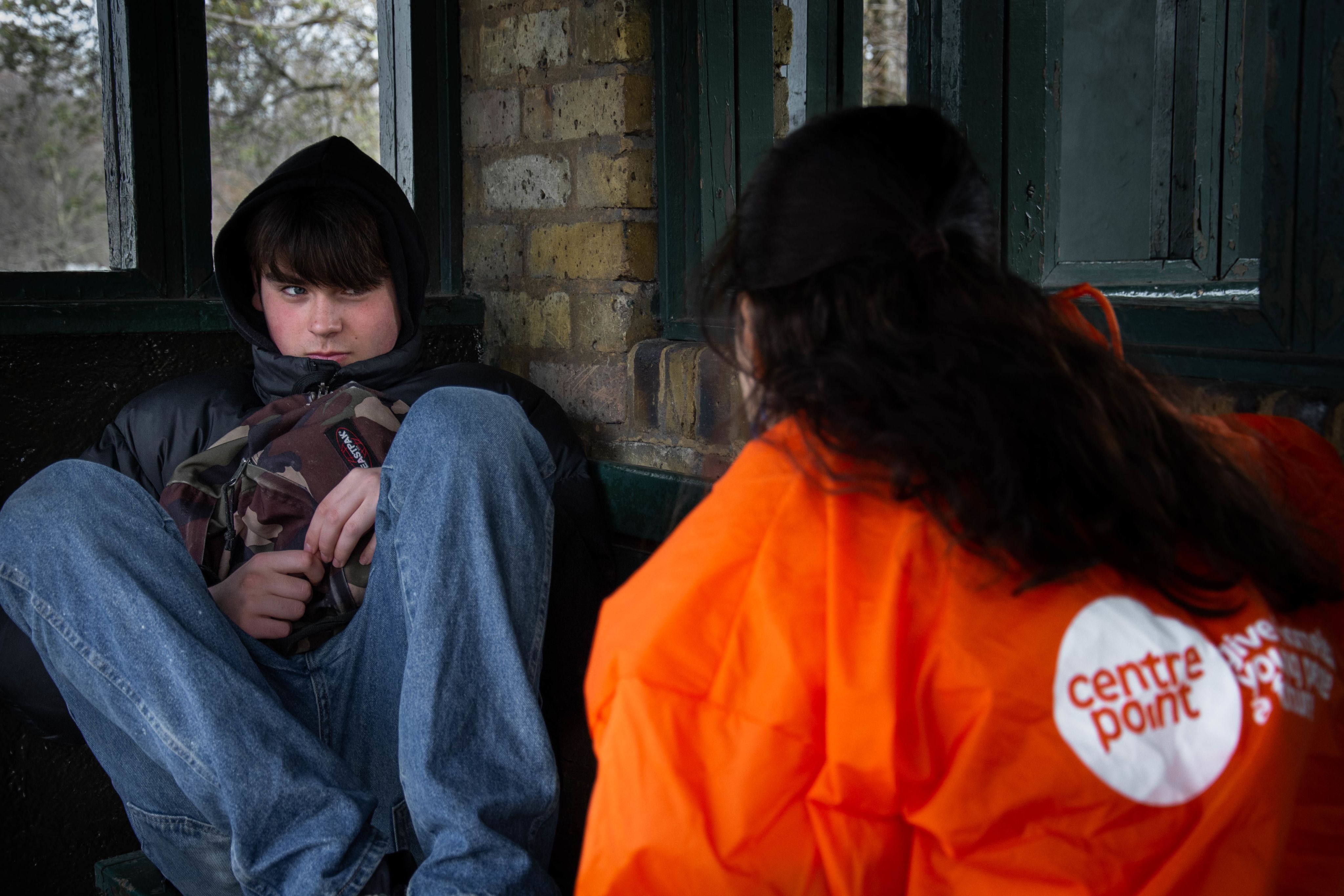
Credit: Centrepoint
Credit: Centrepoint

Credit: Centrepoint
Credit: Centrepoint

Credit: Centrepoint
Credit: Centrepoint
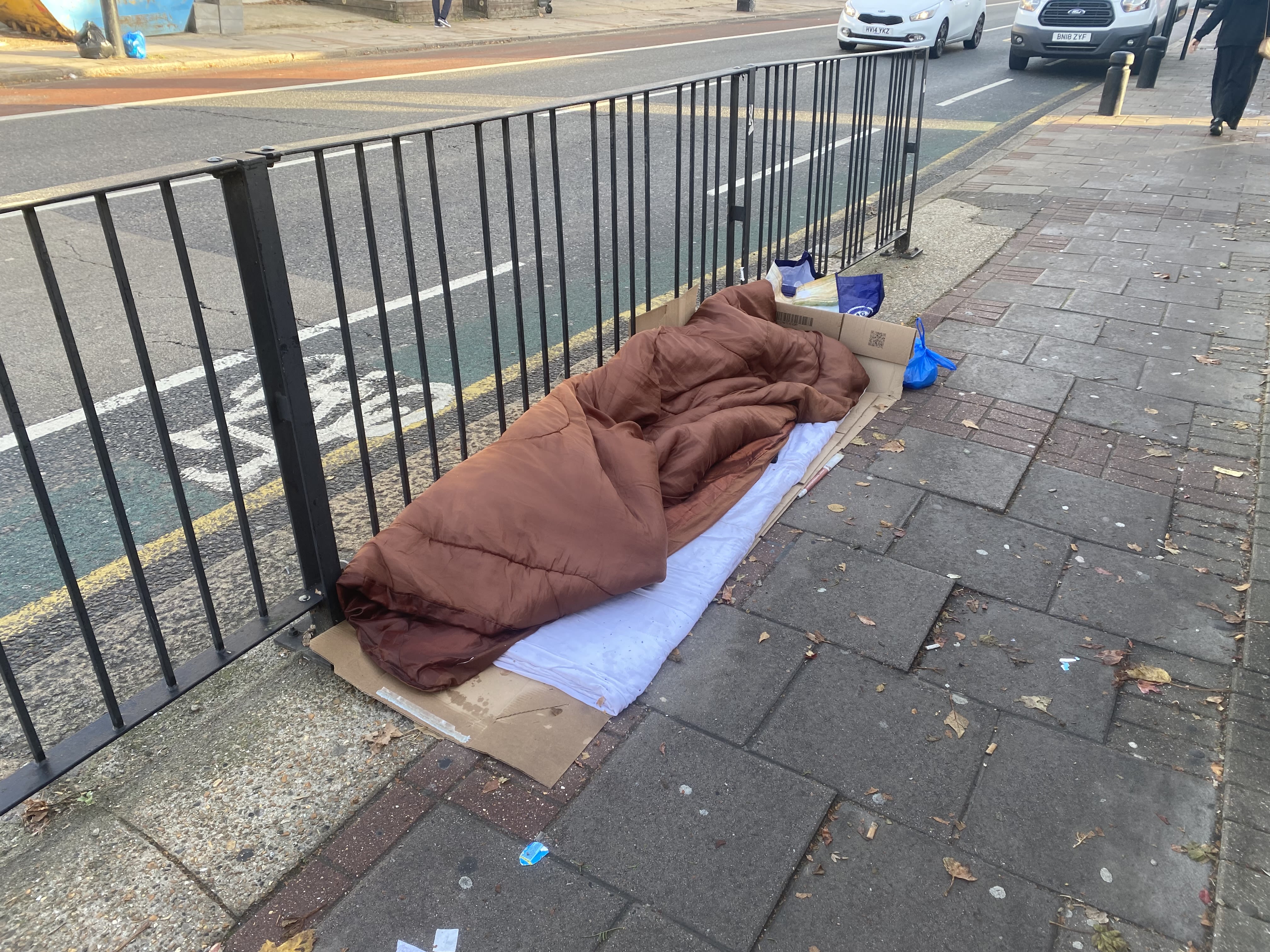
Sleeping bag on the side of a busy road in Newham.
Sleeping bag on the side of a busy road in Newham.
With less than a month until Christmas, the charities rally to round up rough sleepers and help the homeless. But under the festive lights of Tottenham Court Road, Wright stirred his coffee and said: “It just seems to be the same thing over and over."
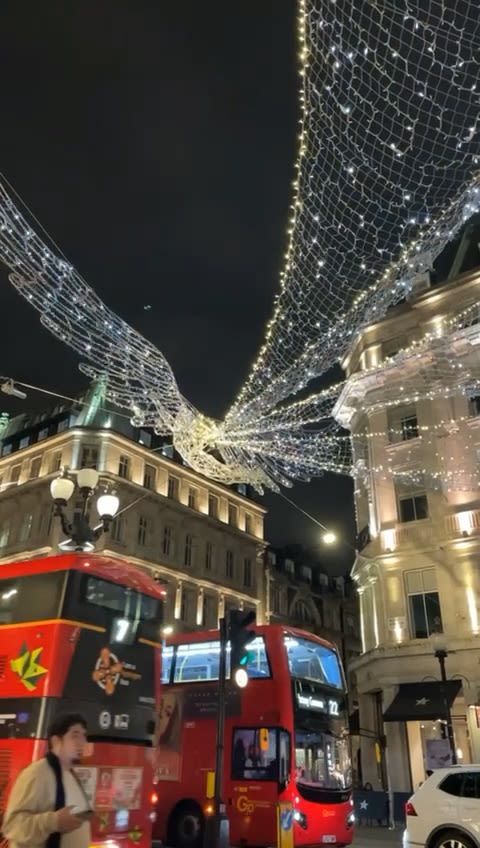
If you see a homeless person outside this winter, you can help them by sending an alert to Streetlink. The details you provide will be sent to the local authorities or outreach service who will connect the individual to support.
All photos and videos, except those with other credits, were taken by Maryam Zakir-Hussain.
